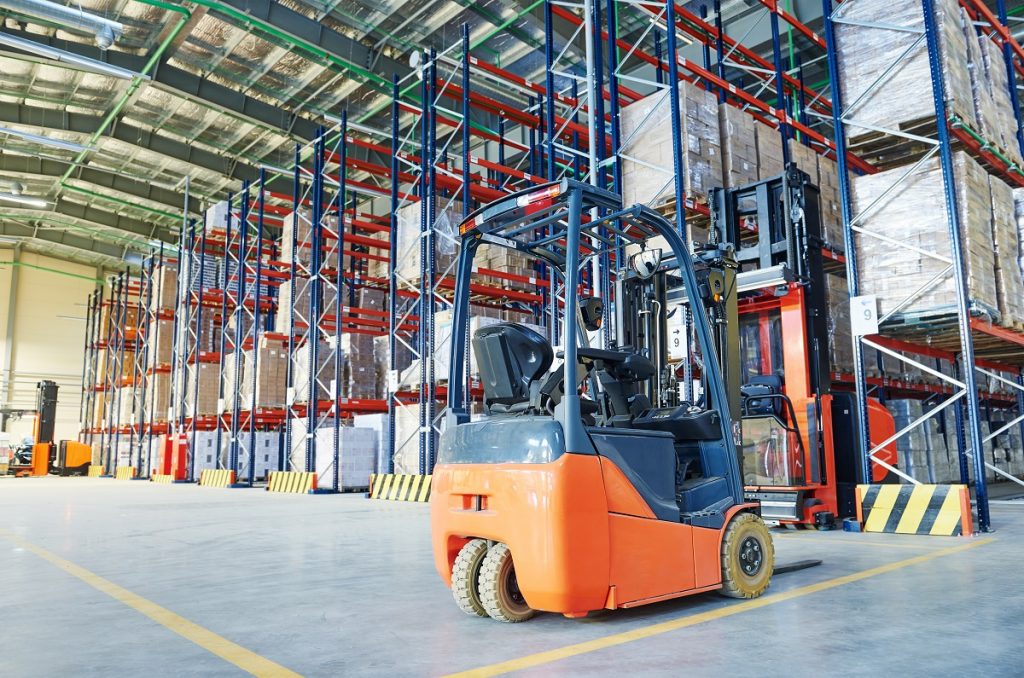What is the logistics and warehousing market in the Philippines like? A report conducted by Ken Research conducted an analysis of logistics and warehousing services, express delivery, e-commerce logistics, and the Balikbayan box industry. The market is experiencing growth because of increased trade with other countries across the world. In addition, demand increases because of expansions of industrial sectors like electronic products, automotives, apparel, and pharmaceuticals.
Suerte Steel Corporation, a Philippine-based steel rack supplier, notes the importance of incorporating secure and cost-efficient storage solutions in warehouse facilities as a way to respond to this demand. After all, the logistics industry is dependent on efficient warehousing systems. These can streamline the flow of resources and commodities locally and globally.
Logistics Industry
Logistics includes logistics services and the transportation and storage of goods. Efficient logistics services and planning contribute to product competitiveness and boost the country’s economy. They can facilitate trade and connectivity and encourage a smoother flow of commodities.
Planning
Logistics planning involves goods procurement, storage facilities, and product delivery. Plans should be designed in a way that optimizes parameters like time, transportation, and cost for all processes involved in the flow of goods.
Managers should create a flow chart to ensure work is maximized at each stage. Planning reduces the risk of unforeseen circumstances like product damage, unavailability of transportation, and internal concerns within an organization. In the event this does occur, however, planning includes preparation so employees know what steps to take.
Success in supply chain management involves efficiency and streamlined logistics planning processes.
Warehouse Management
 Logistics management requires good warehouse management. Managers need to design and manage their warehouse operations in accordance with the type of goods they are dealing with. For instance, perishable goods require refrigeration facilities and grains require storage in moisture free environments. A warehouse should be designed to eliminate potential wastage of goods.
Logistics management requires good warehouse management. Managers need to design and manage their warehouse operations in accordance with the type of goods they are dealing with. For instance, perishable goods require refrigeration facilities and grains require storage in moisture free environments. A warehouse should be designed to eliminate potential wastage of goods.
The warehouse’s storage capacity should also be optimized. Managers should install vertical storage column and pallet racks to reduce delivery delays and improve overall warehouse efficiency.
Transport Efficiency
After goods leave a warehouse facility, they are either transported to their final destination or a sorting facility. Transportation is another sector a logistics firm can find reduced expenses and improved efficiency.
Managers should determine a delivery route that is both short and safe. In addition, they should provide cost-effective packaging for their goods. Light-weight packaging takes up less volume without taking away from the safety of goods.
Analysis and Improvisation
A logistics network is not fully optimized unless measurement, analysis, and feedback are integrated. Whenever new strategies are incorporated into a logistics system, managers need to measure and analyze the output and how a system changed because of it. This way, they can determine whether the strategy was a success or a failure, and adjust accordingly. Future planning strategies depend on the analysis of cycle time, cost, and service metrics.
An efficient logistics system encourages the smooth and quick flow of commodities. With improving logistics, the goods market is primed to expand and investors become more confident in the transportation, storage, and delivery of goods.
